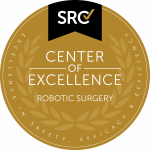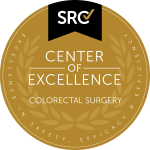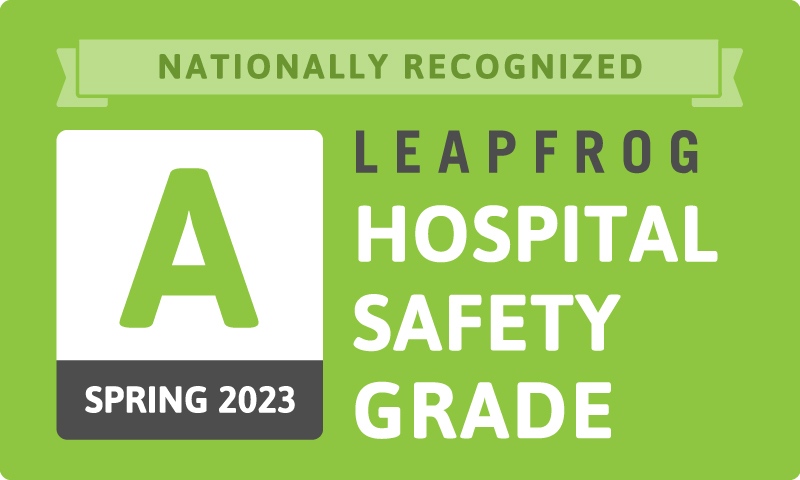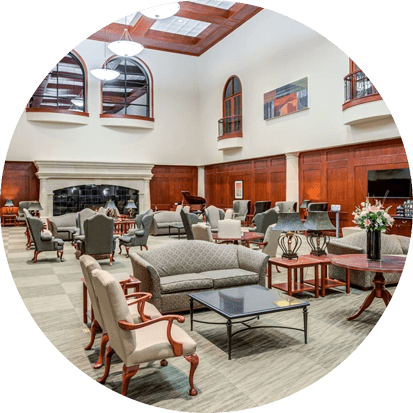Celebrating 20 Years
We are honored to be the longest-serving hospital in Frisco. For 20 years, we have provided safe, high-quality care compassionately and with absolute integrity to North Texas.
Price Transparency
We understand that it can be confusing to estimate treatment costs before choosing care.
A comprehensive list of the hospital’s shoppable services and standard service charges is available for review.
Below is a selection of the services provided at Baylor Scott & White Medical Center – Frisco.

Labor & Delivery
The childbirth physicians, nurses, and staff at Baylor Scott & White Medical Center – Frisco have just one goal – to support the health and well-being of every mother and baby we care for.
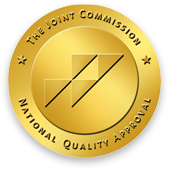

Total Joint Replacement Center
Designed to provide comprehensive care for patients who undergo joint replacement, our patient-centered and compassionate approach can help you return to healthy, active living.


Spine Care & Surgery
We offer advanced back and neck pain solutions that are driven by cutting-edge technology. And we are a certified Center of Excellence in Spine Surgery, designated by The Joint Commission.
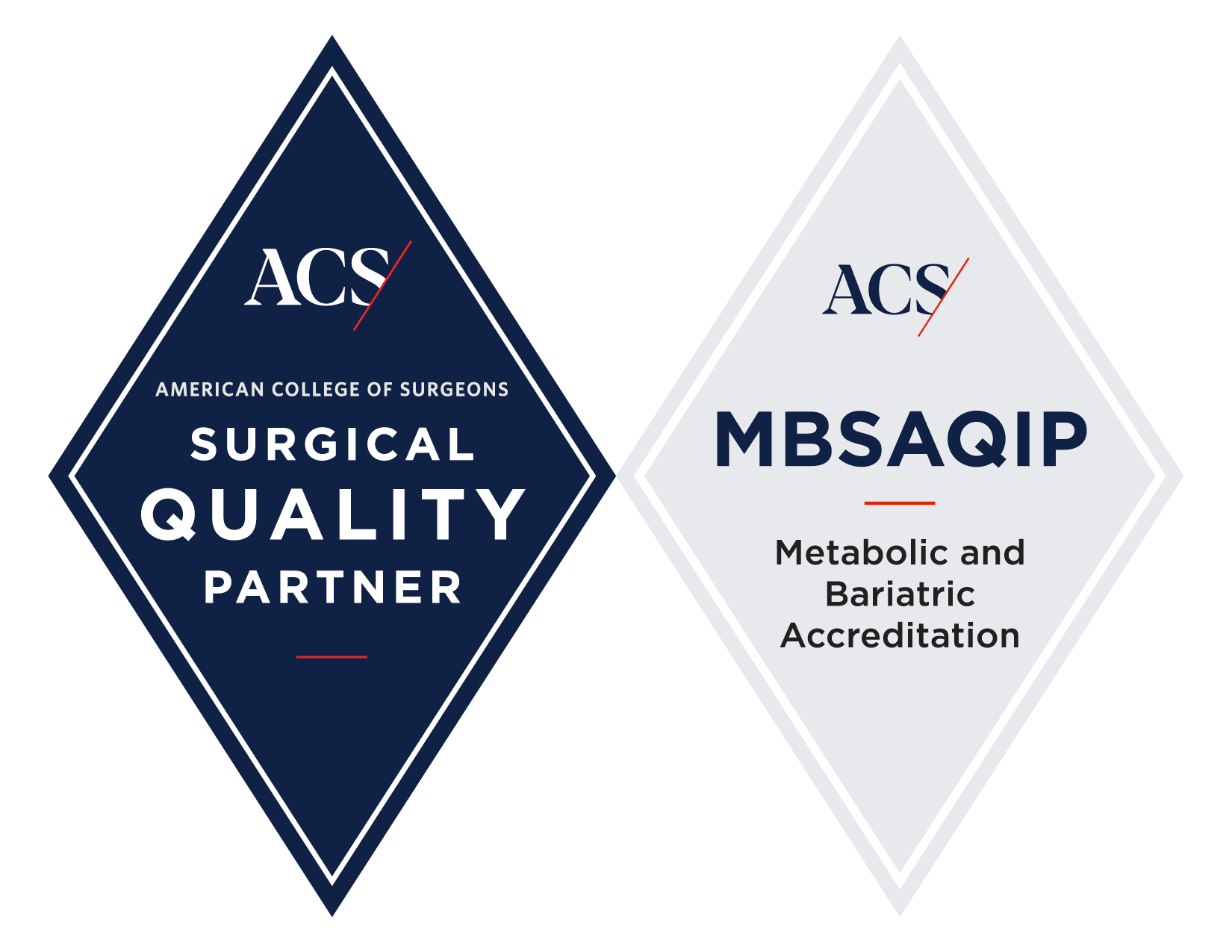

Weight Loss Surgery & Weight Management
If you have struggled with a serious weight problem, we offer a comprehensive surgical weight loss program for qualified patients.
Hospital Amenities
At Baylor Scott & White Frisco, we want you to be as comfortable as possible. We offer a variety of amenities for our patients and their guests:
- Facility-wide complimentary Wi-Fi
- Complimentary valet parking
- Private Rooms
- ATM
- Hospital Café for breakfast and lunch
- Complimentary coffee service is available 24/7
- Dine on Demand in-room meal service
- Comfortable lobby with fireplace
- Enhanced Covid cleaning protocols
- Pastoral Care
- Team-based care approach
- Chapel
- Vending Machines
See location, contact, and hours of operations for each amenity here >


